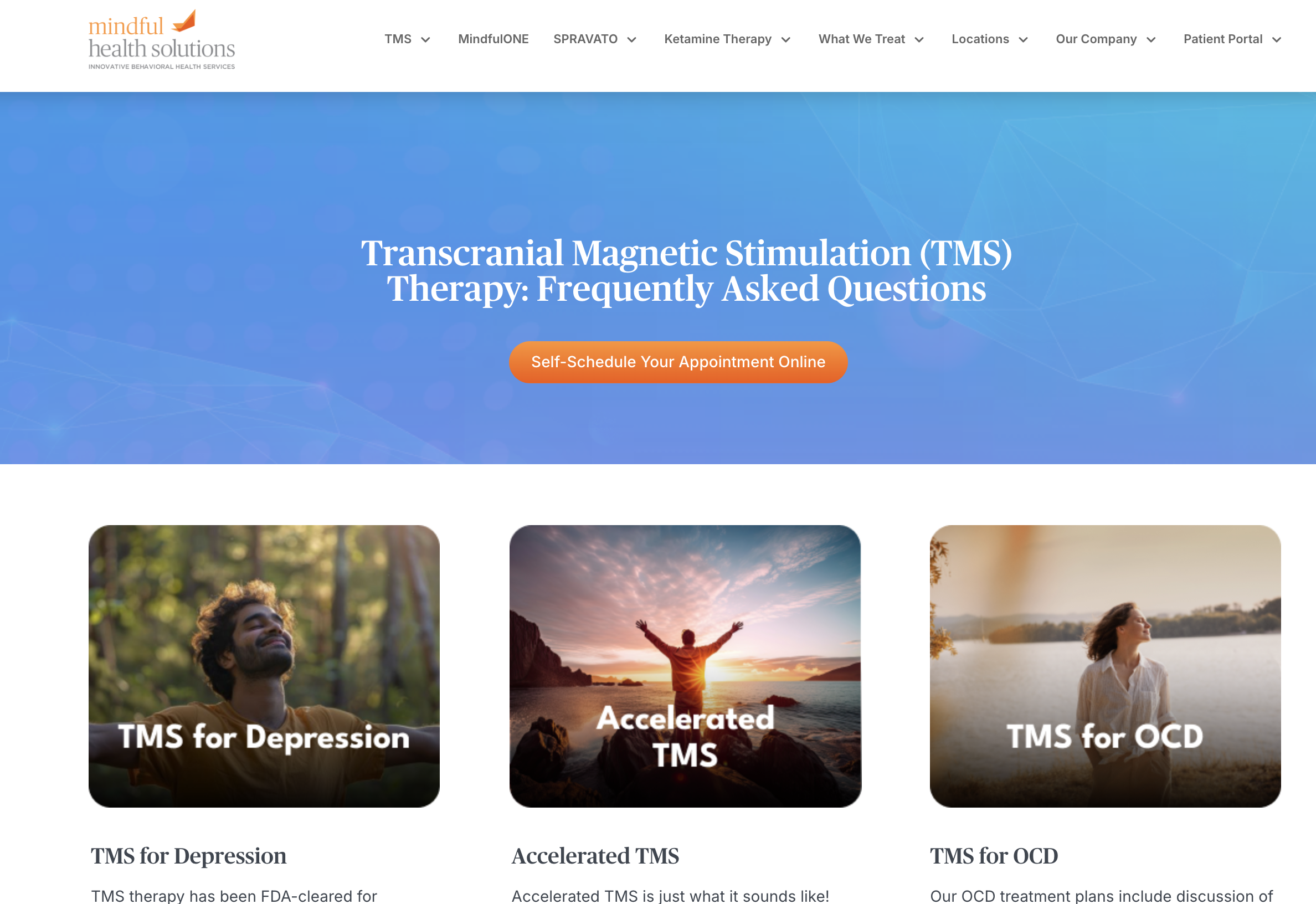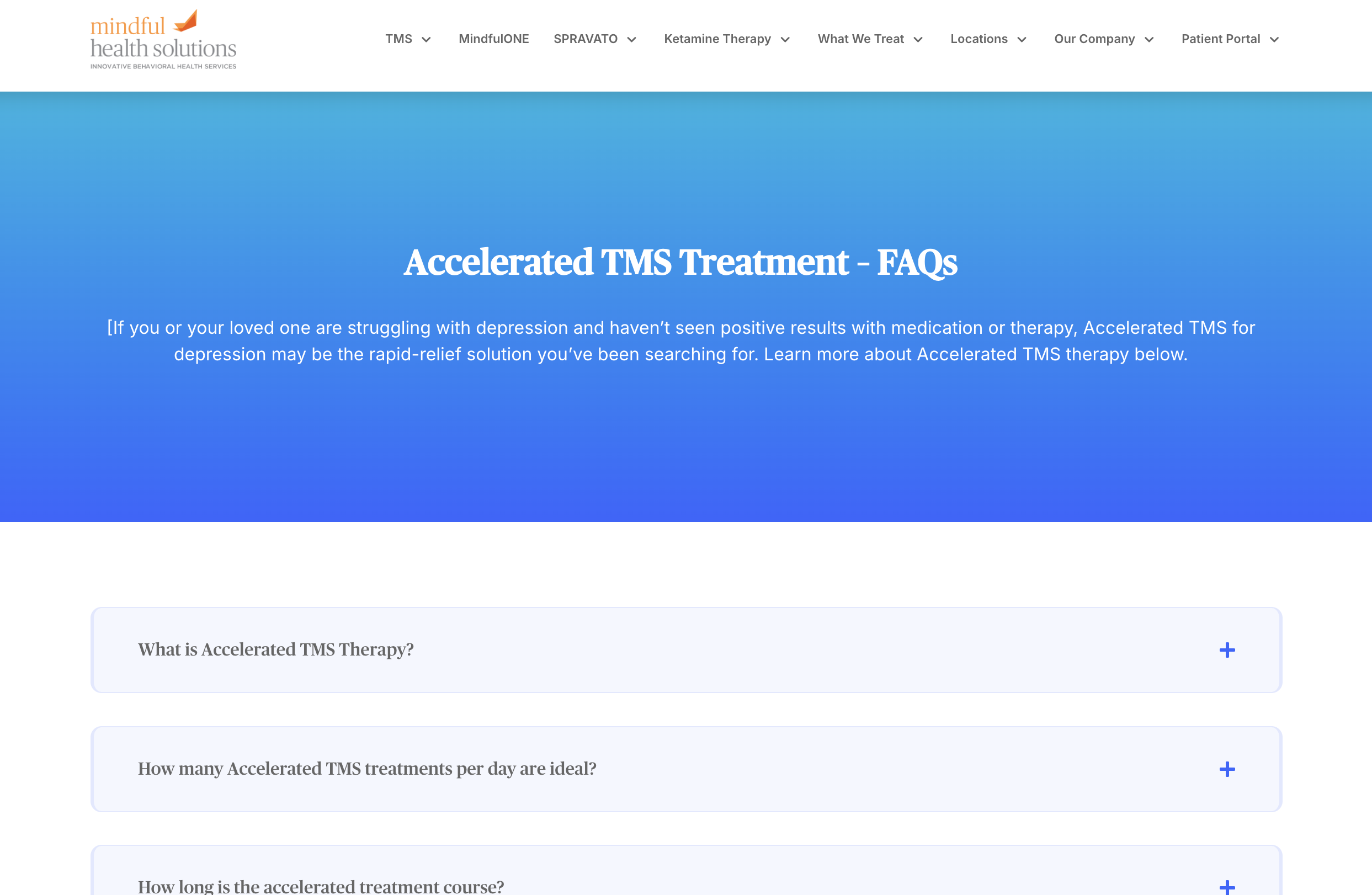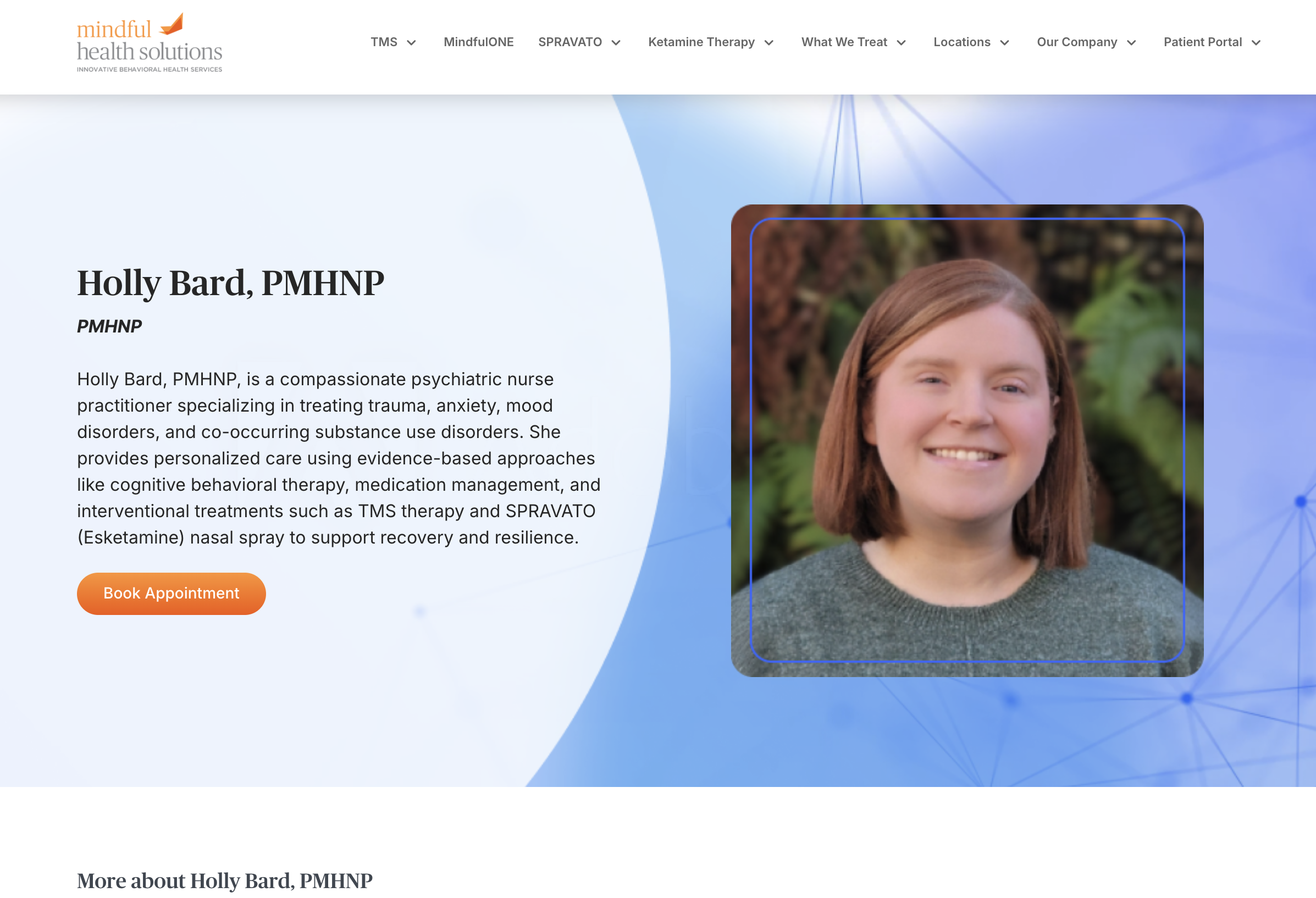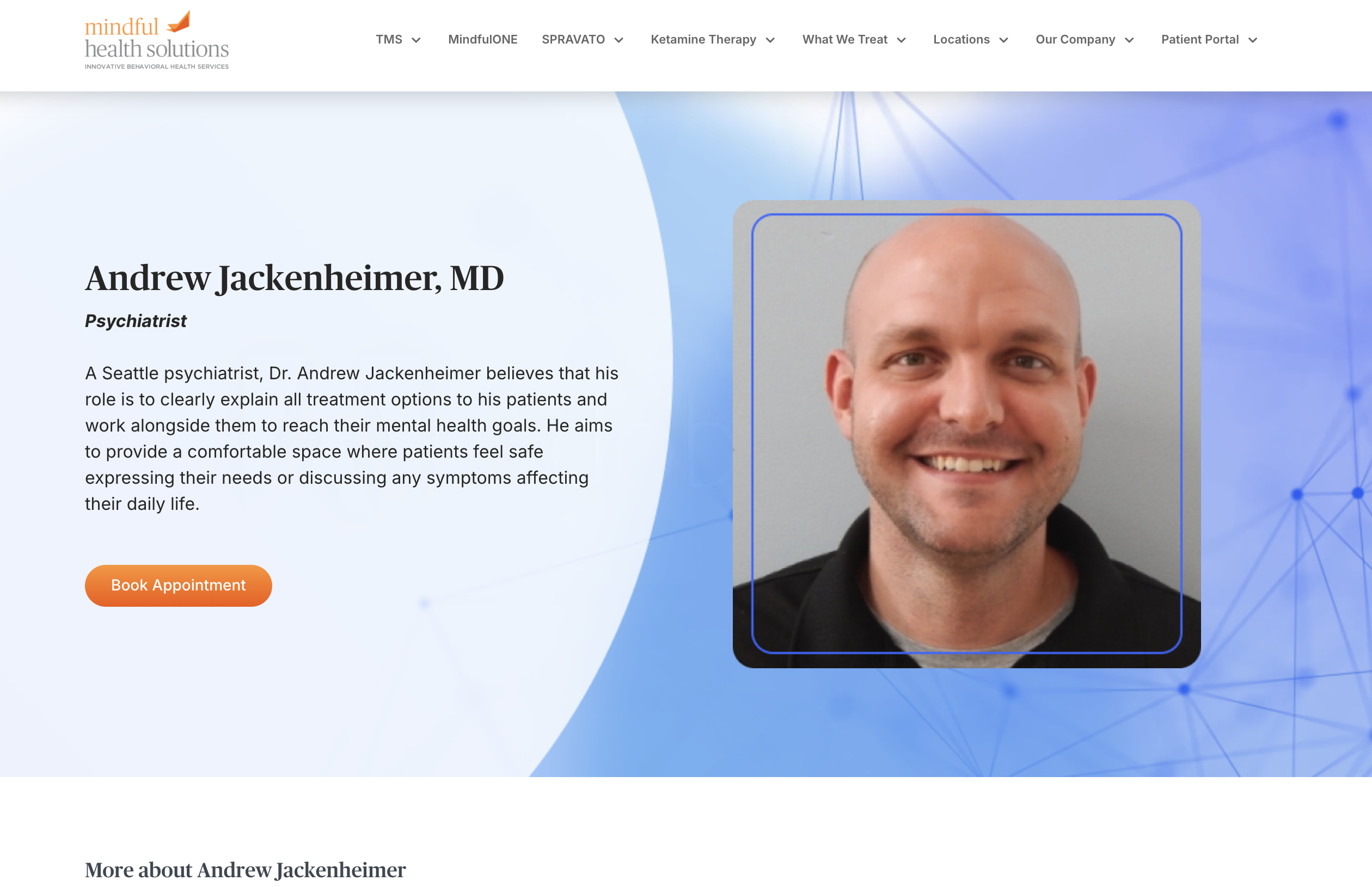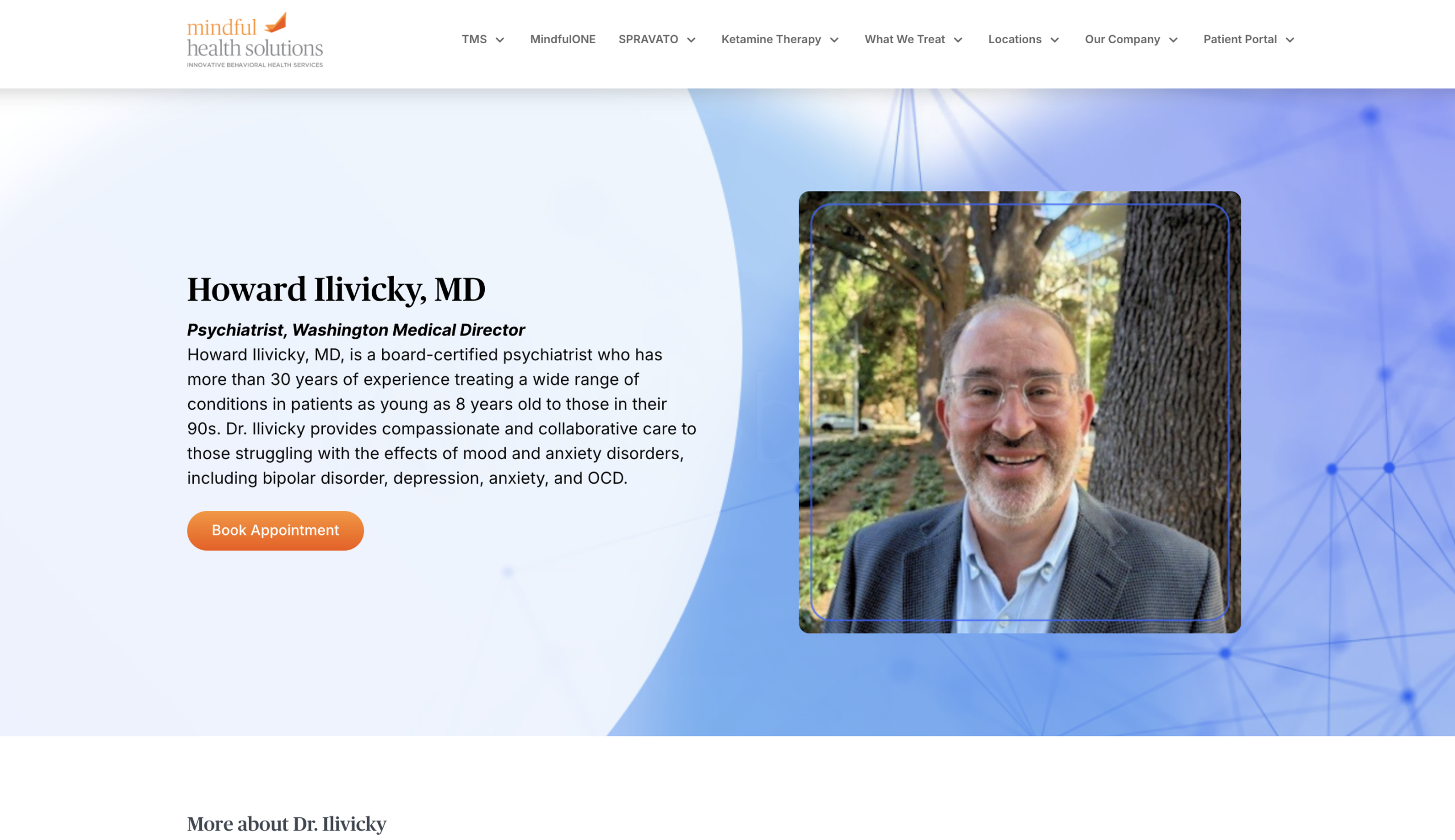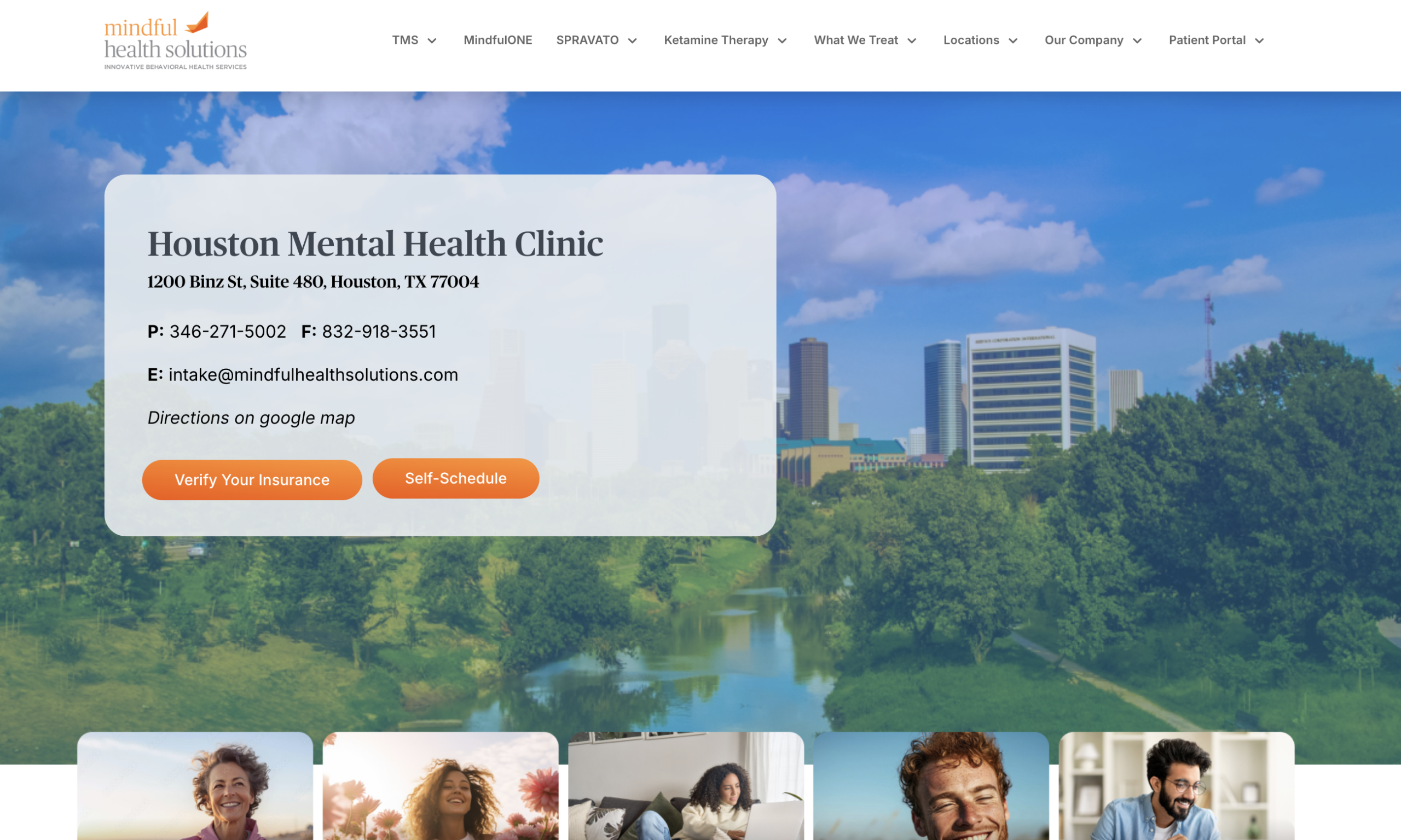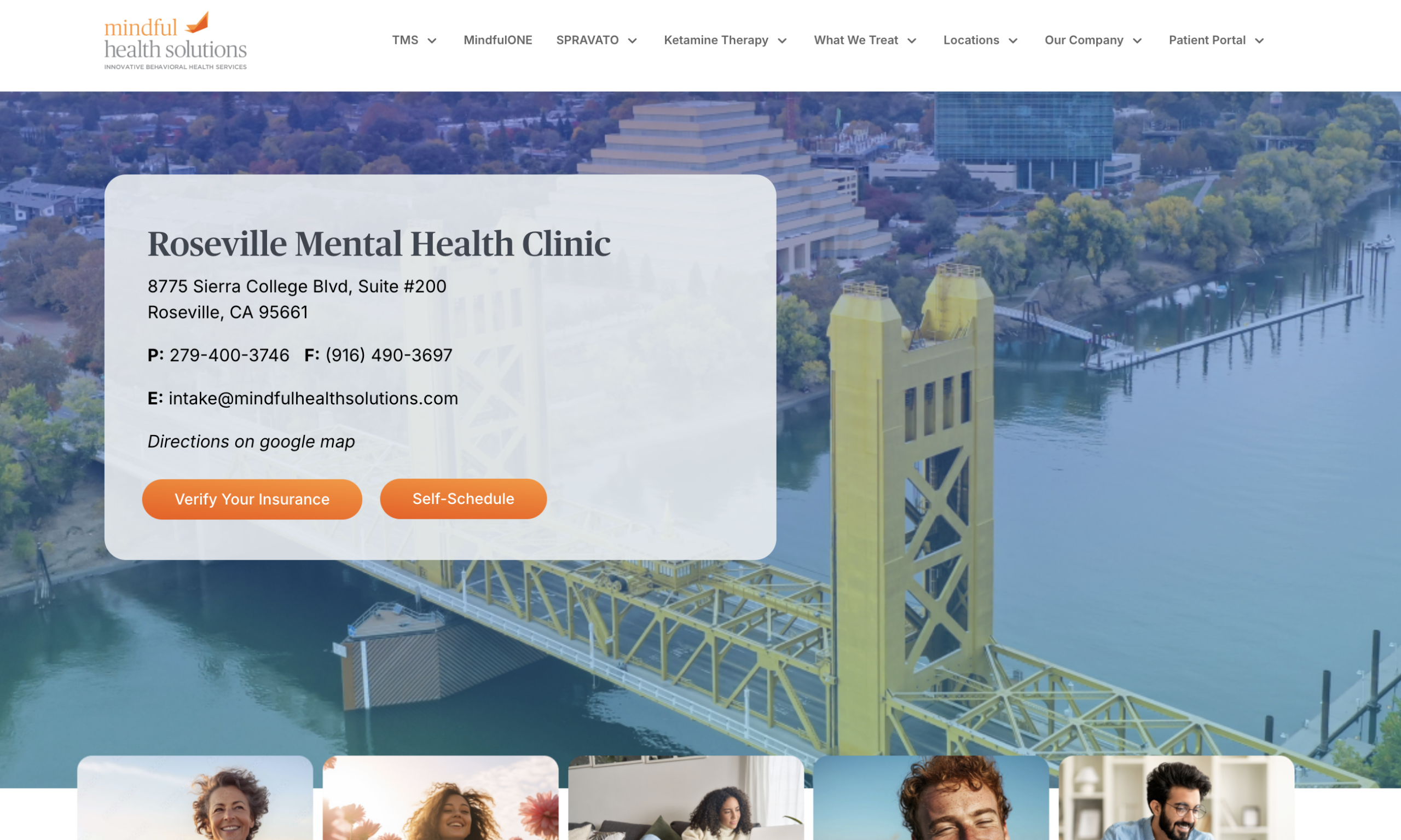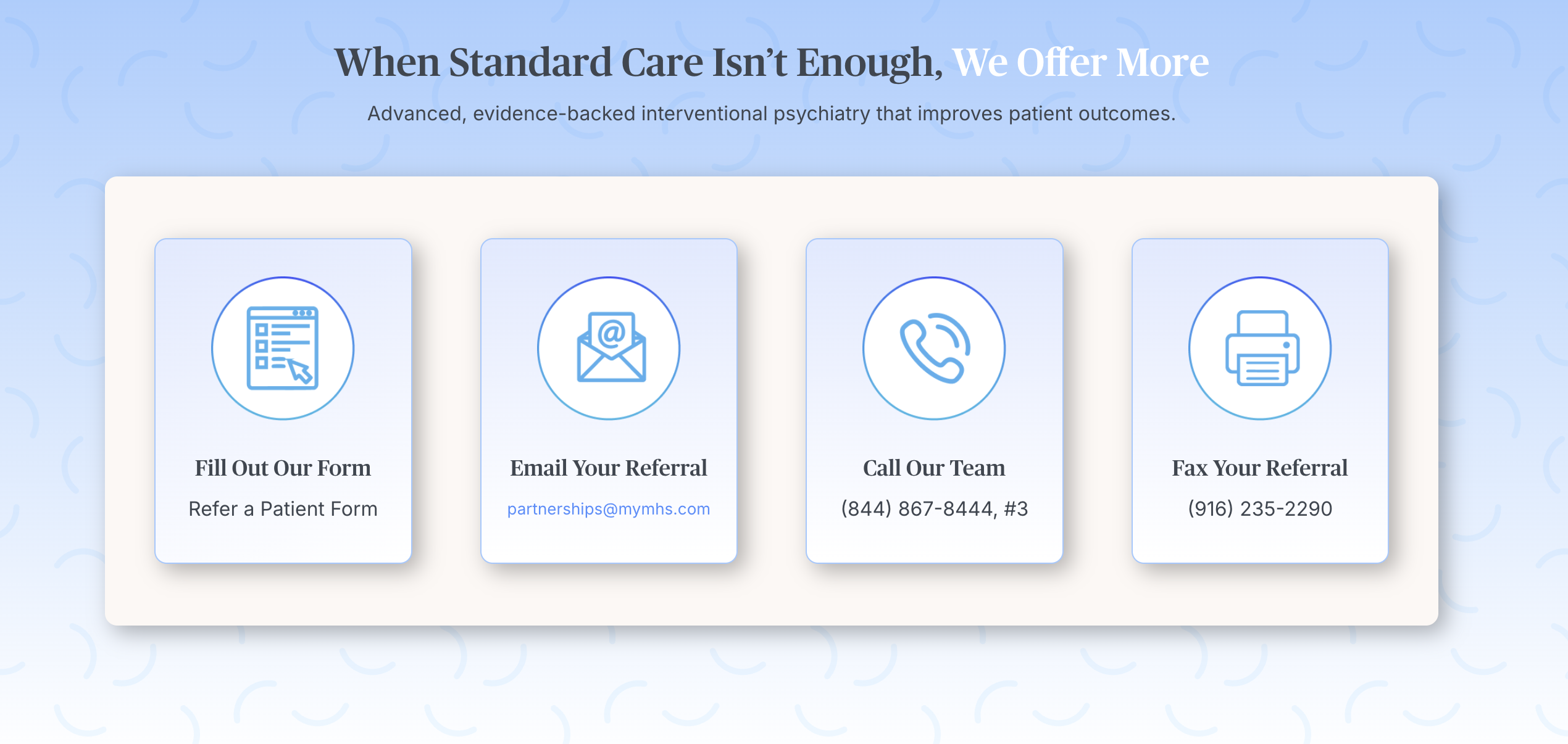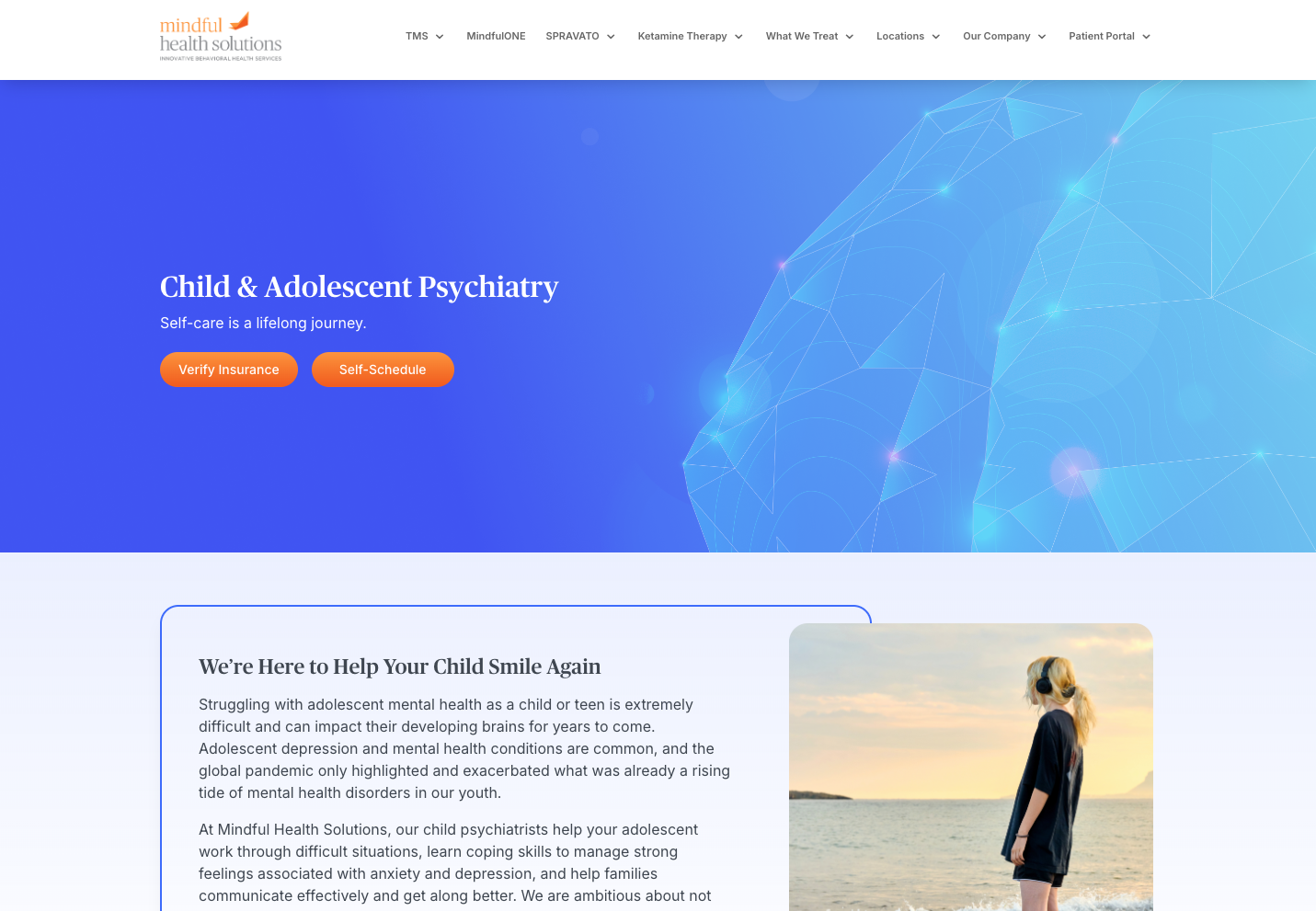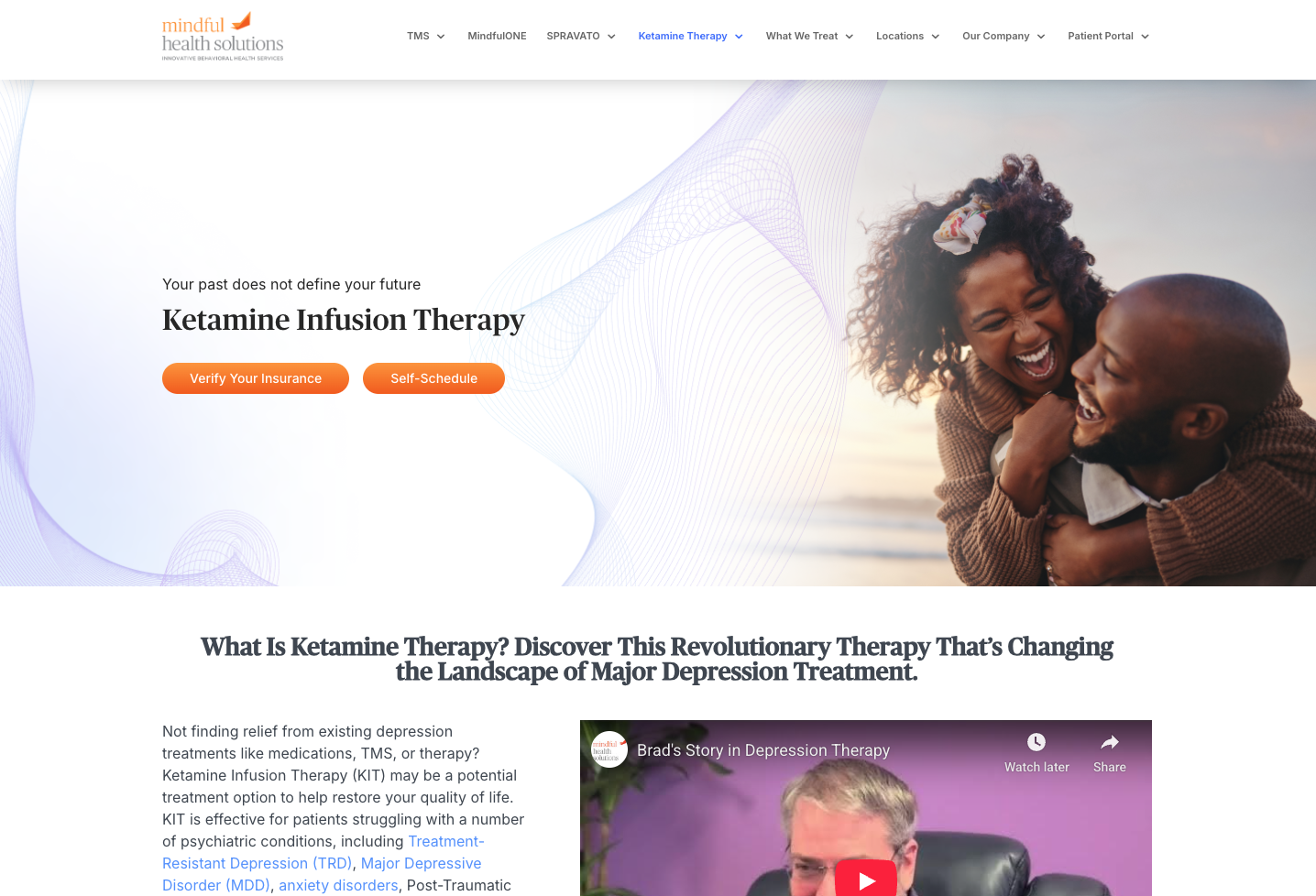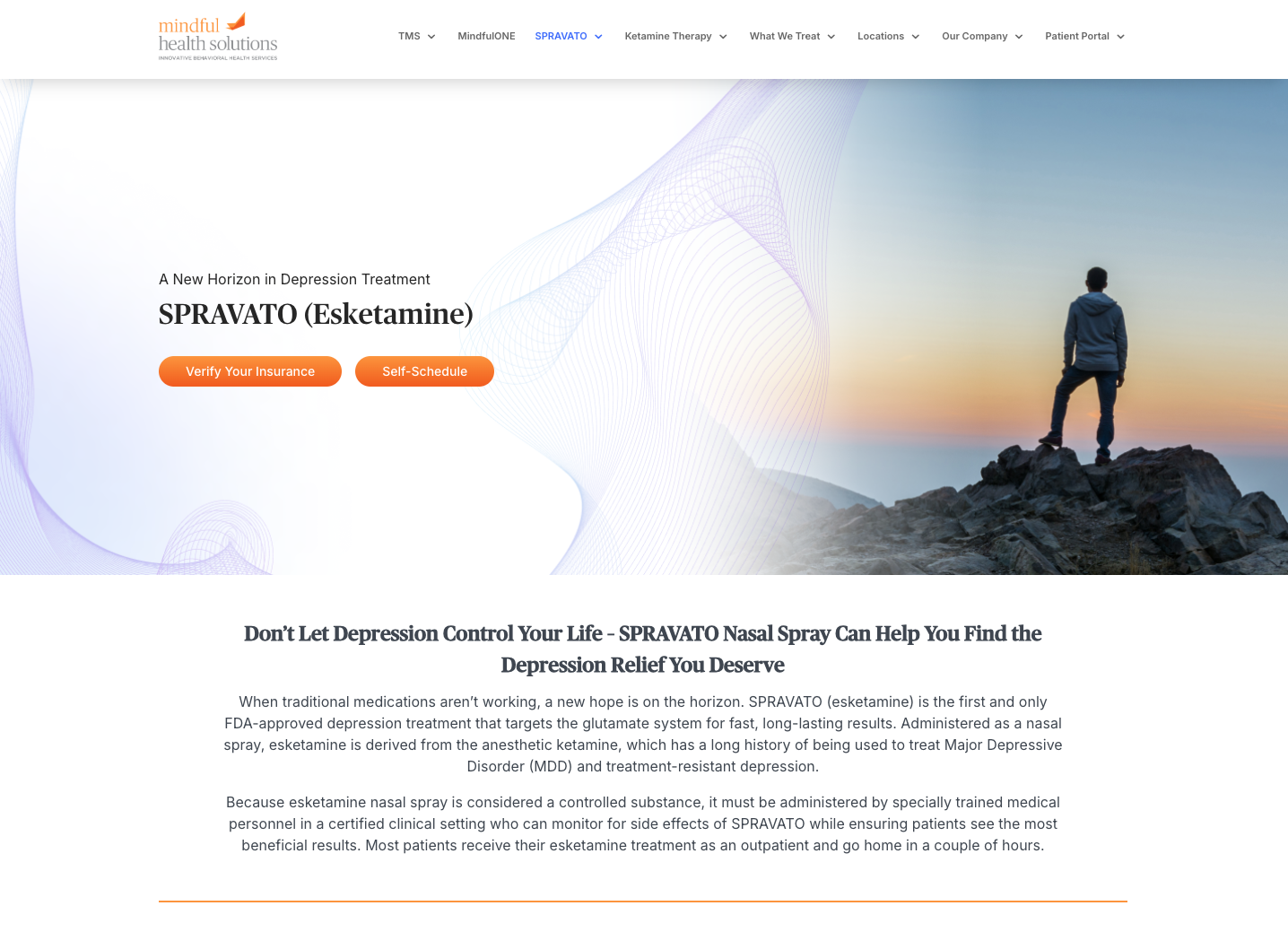In today’s fast-paced work environment, managing mental health has become crucial, yet many professionals struggle in silence. Depression, in particular, poses significant challenges, affecting not only personal well-being but also professional performance and relationships. This article aims to shed light on practical strategies to navigate depression at work, offering hope and actionable steps for those seeking to maintain a rewarding career despite experiencing mental health challenges.
Understanding Depression in the Workplace
Depression is more than just feeling sad or going through a rough patch. It’s a complex mental health condition characterized by persistent feelings of sadness, loss of interest in activities, and myriad of physical and emotional problems that can severely impact one’s ability to function at work and home. Unfortunately, stigma and misconceptions about depression often prevent individuals from seeking the help they need, potentially worsening their condition in the high-stress environment of the workplace.
The effects of depression on work performance are profound. They can lead to decreased productivity, absenteeism, and even job loss. Moreover, the social aspect of work can become increasingly difficult, with individuals finding it hard to engage with colleagues or participate in team activities. These behaviors can lead to a cycle of isolation and worsening depression. Recognizing these impacts is the first step toward fostering a supportive work environment that can accommodate those battling depression.
Addressing depression in the workplace is not just the responsibility of the individual suffering from it but also of employers and coworkers. Creating an environment that promotes mental health awareness, offers support, and encourages open dialogue can significantly mitigate the negative impacts of depression on both employees and the organization. Understanding the nature of depression and its effects on work is essential for developing compassionate and effective workplace policies.
Strategy 1: Open Communication
One of the most effective strategies in managing depression at work is open communication. It’s essential to find a safe way to communicate your needs and challenges, whether that means speaking to HR, a trusted supervisor, or a mental health advocate within your organization. Initiating these conversations can be daunting, but many employers are becoming increasingly supportive of mental health issues and can offer accommodations or resources to help.
Discussing mental health in the workplace requires tact and discretion. It’s important to prepare for the conversation, perhaps by writing down what you want to say or seeking advice from a mental health professional beforehand. Emphasize how your work might be affected and suggest practical solutions or accommodations that could help you perform better, such as flexible hours or the option to work from home when needed.
Employers play a crucial role in this process. They can support employees by fostering a culture of openness and non-judgment, ensuring confidentiality, and providing access to mental health resources. By creating an environment where employees feel safe to express their mental health needs, employers can significantly reduce the stigma associated with depression and encourage others to seek help.
Strategy 2: Time Management and Prioritization
Effective time management and prioritization are key to managing work-related stress, which can worsen depression. Learning to organize your workload can significantly reduce feelings of being overwhelmed. Start by identifying your most important tasks and setting realistic deadlines. Break larger projects into smaller, manageable steps and prioritize them according to urgency and importance.
Creating a balanced schedule is crucial. Allocate specific times for work, breaks, self-care, and mental health appointments. Avoid the temptation to overcommit or take on too much responsibility, as this can lead to burnout. Instead, focus on what’s achievable and allow yourself the flexibility to adjust your plans as needed.
Employers can assist by offering time management training or resources and encouraging a culture where employees feel comfortable discussing their workload. Flexible scheduling options or the ability to work remotely can also help employees manage their time more effectively, contributing to a healthier work-life balance and better mental health.
Strategy 3: Creating a Supportive Network
Building a supportive network within your workplace provides a significant source of strength and encouragement. IN turn, connecting with empathetic coworkers, finding mentors, or joining workplace support groups offers a sense of community and understanding. It’s important to choose confidants wisely, focusing on those who respect your privacy and offer positive reinforcement.
Privacy is a valid concern when disclosing mental health issues at work. It’s crucial to understand your rights and the policies your employer has in place regarding confidentiality and support. While it’s beneficial to have a support network, you have control over how much you choose to share about your mental health.
Employers can facilitate the creation of a supportive network by promoting mental health awareness programs, creating spaces for employees to share their experiences in a safe environment, and encouraging the formation of peer support groups. These initiatives help destigmatize mental health issues and foster a more inclusive and supportive workplace culture.
Strategy 4: Personalizing Your Workspace
Personalizing your workspace has a surprisingly positive effect on your mood and productivity. A few small changes, such as introducing plants, photos, or items that bring you joy, make your work environment more comfortable and reduce stress. Ensuring your workspace is organized, well-lit, and ergonomically set up can also help improve your overall well-being.
Consider the sensory aspects of your workspace. Soft lighting, calming colors, or even background music create a more relaxing atmosphere. If possible, arrange your workspace to include a view of the outdoors or set up a small area where you can take breaks and recharge.
Employers can support this strategy by allowing employees to personalize their workspaces and by providing resources or allowances for ergonomic improvements. Creating communal areas where employees can relax and decompress also contributes to a healthier work environment.
Strategy 5: Implementing Healthy Work-Life Boundaries
Establishing healthy boundaries between work and personal life is crucial for managing depression. It’s essential to disconnect from work during off-hours to prevent burnout and reduce stress. Set clear expectations with your employer and coworkers about your availability and commit to unplugging from work emails and calls during your personal time.
Are you experiencing these 5 signs of stress?
Creating rituals to mark the beginning and end of your workday can help transition between work and personal life. This might include a specific routine at the end of the workday or engaging in a non-work-related activity that helps you unwind and shift your focus away from work.
Employers can encourage healthy work-life boundaries by promoting a culture that respects personal time, discouraging after-hours communication, and recognizing the importance of vacation and rest periods. Implementing policies that support flexible work arrangements also helps employees manage their work and personal responsibilities more effectively.
Strategy 6: Mindfulness and Stress Reduction Techniques
Incorporating mindfulness and stress reduction techniques into your workday helps manage symptoms of depression. Mindfulness exercises, such as deep breathing, meditation, or guided imagery, can be practiced in short breaks and help reduce stress and improve focus. Regular breaks throughout the day, stepping away from your desk, and engaging in physical activity or relaxation exercises also help lower stress levels.
Consider introducing physical activity into your routine, whether it’s a walk during lunch, stretching exercises, or a more structured workout regimen. Physical activity has been shown to have a positive effect on mental health, reducing symptoms of depression and anxiety.
Does exercise really improve your mental health?
Employers can support these practices by offering wellness programs, organizing mindfulness sessions or physical activity groups during work hours, and providing spaces for relaxation and exercise. Encouraging employees to take regular breaks and prioritize their well-being can lead to a more productive and healthier workforce.
Strategy 7: Seeking Professional Help
Recognizing when you need professional help is a crucial step in managing depression. Don’t hesitate to seek support from a mental health professional who can provide therapy, medication management, or even innovative treatments such as Transcranial Magnetic Stimulation (TMS), SPRAVATO (esketamine nasal spray), or ketamine infusion therapy. Many employers offer Employee Assistance Programs (EAPs) that provide confidential access to mental health services.
Understanding the resources available to you, whether through your employer, health insurance, or local community services, can make it easier to access the help you need. It’s important to remember that seeking help is a sign of strength and an important part of managing your mental health.
Employers play a significant role by providing access to mental health resources, promoting the use of EAPs, and creating an environment where seeking help is encouraged and supported. By prioritizing mental health as part of overall employee wellness, employers can help reduce the stigma associated with seeking help for mental health issues.
Strategy 8: Self-Compassion and Positive Self-Talk
Cultivating self-compassion is essential when dealing with depression. Be kind to yourself and recognize that struggling with mental health does not define your worth or capabilities. Practice challenging negative thought patterns and replacing them with positive affirmations and self-talk. Celebrating small achievements and acknowledging your efforts also helps build a more positive mindset.
Understanding that recovery is a process and allowing yourself the grace to make mistakes and learn from them is crucial. Surround yourself with positive influences and try to focus on your strengths and accomplishments, no matter how small they may seem.
Employers can support a culture of self-compassion by recognizing and celebrating employee achievements, providing positive feedback, and encouraging personal growth and development. Creating an environment that values individual strengths and contributions can help foster a more positive and supportive workplace.
Navigating depression in the workplace requires a multifaceted approach, combining personal strategies with supportive workplace practices. By implementing these practical strategies, individuals can manage their depression more effectively and maintain a rewarding career. Remember, seeking help is a sign of strength, and support is available for those who reach out. If you’re struggling with depression, don’t hesitate to call us at (844) 867-8444 for support and resources. Together, we work toward a healthier, more fulfilling professional life.


